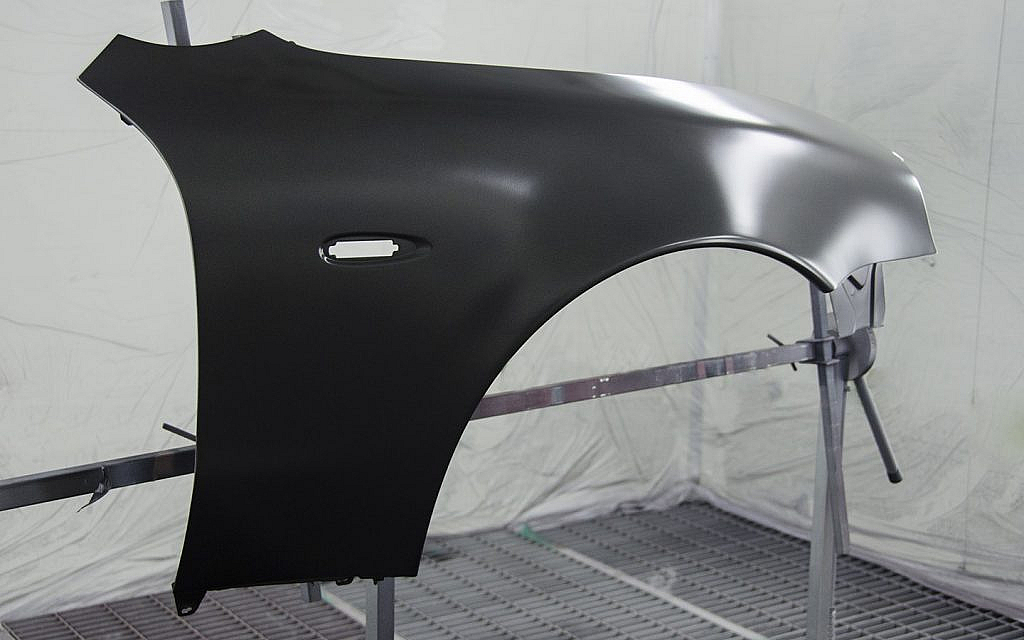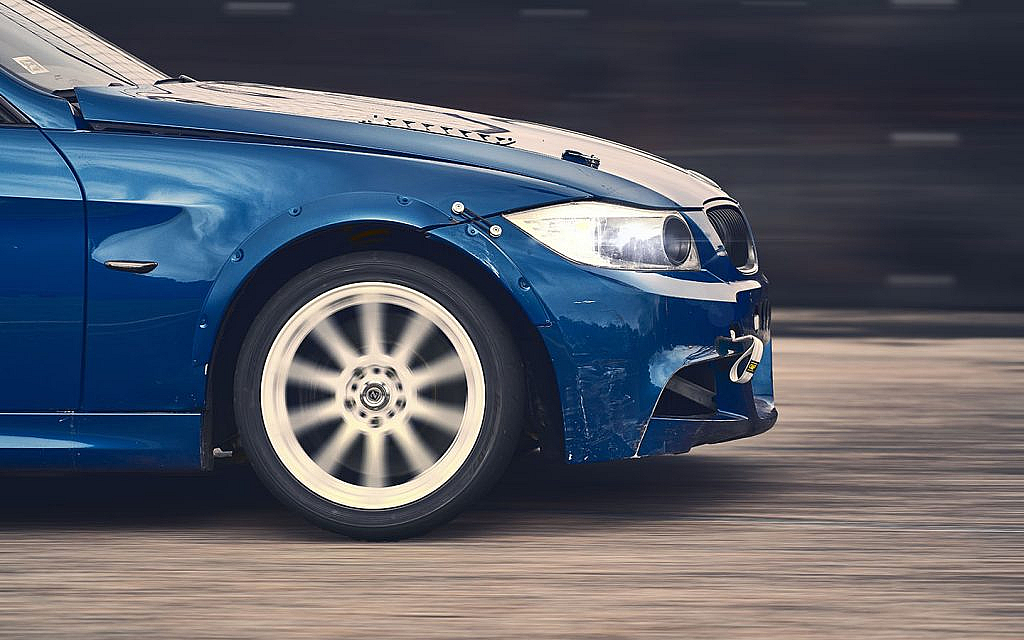- Definition
- Function
- Difference between fenders and bumpers
- Materials
- FAQs
Car fenders are essential components of an automobile’s exterior, in both form and function. They are essential structural elements that safeguard a vehicle’s integrity, enhance safety and contribute to its aerodynamics. Beyond their practicality, fenders also contribute to the car’s visual appeal, making them an important design element. That said, let’s learn about car fender working, its purpose and design.
WHAT IS A CAR FENDER?
A fender in car means that it is a part that covers and protects the wheels. Fenders are a crucial structural element of all car body types. Positioned above the wheel, a fender is responsible for protecting the car’s body from road debris flung up by tyres. Speaking of the fender design, it varies with each model. It ranges from smoothly rounded to angular and sharp shape, depending on the car’s overall design.
Let’s now learn the main purpose of a car fender and what is made of.

MAIN PURPOSE OF A CAR FENDER
The core purpose of a front and back car fender is to protect the vehicle and its occupants. Speaking of that, here are the main functions of a car fender:
Protection from Debris
Car fenders are designed to shield the vehicle’s body from road debris such as rocks, gravel, dirt and other objects thrown up by the rotating tyres. By doing so, they prevent these materials from impacting and potentially damaging the car’s body, windows and other vulnerable components.
Improved Safety
Fenders contribute to the safety of the vehicle and its occupants by minimising the risk of debris-related accidents. When you park your car under a tree without fenders, debris could strike other vehicles on the road, causing damage.
Enhanced Aerodynamics
Fenders also play a role in optimising the car’s aerodynamics. They streamline the airflow around the car, which improves fuel efficiency and reduces wind resistance, ultimately enhancing the vehicle’s overall performance.
Structural Support
Car fenders are not only protective but also contribute to the structural integrity of the vehicle. They help support the front and rear ends of the car, maintaining stability and safety.

Overall Aesthetics
While the primary purpose of fenders is functional, they also have an aesthetic aspect. The car fender design complements the vehicle’s overall look, just as a car grille does.
This was the main work of the car fender and its core purpose. On the flip side, car fenders are often confused with car bumpers. To clear it up, let’s go through their key differences.
DIFFERENCE BETWEEN A CAR FENDER AND BUMPER
Car fenders and bumpers are both essential components of a vehicle’s exterior, but they serve different purposes. Here are the key differences between a car fender and a bumper:
FENDERS
- Protection: Fenders shield the car from things like rocks and dirt on the road and they help with the car’s aerodynamics.
- Location: Fenders are above the wheels on the sides of the car.
- Material: They are made of metal or plastic.
- Impact: Fenders are not meant to absorb impact during collisions; they are more rigid.
- Appearance: Fenders contribute to the car’s look and style.
BUMPERS
- Impact Absorption: Bumpers are designed to absorb and reduce the force of collisions, protecting the car and passengers. That is why bumper repairs are among the most common auto collision repairs.
- Location: Bumpers are located at the front and rear of the car, closer to the ground than fenders.
- Material: Bumpers are made from materials like plastic or rubber.
- Impact: They are specifically made to absorb impact energy during accidents.
- Safety: Bumpers help minimise damage and protect people in low-speed crashes. Besides, if you are a beginner at driving, sift through these defensive driving techniques.

WHAT ARE CAR FENDERS MADE OF?
Front and side car fenders are made from various materials, with steel and aluminium being common choices. Steel fenders are known for their durability and protection but can be heavy, impacting fuel efficiency. Meanwhile, aluminium fenders are lighter, aiding in better fuel economy and causing minimum car body rust.
Additionally, modern vehicles may use composite materials or plastic for fenders, offering a balance between weight, strength and cost-effectiveness. The material choice depends on factors like vehicle design, performance requirements and manufacturing considerations.
FAQs
What is a fender on a car?
A fender on a car is a protective and aerodynamic panel to protect the vehicle from road debris and enhance aerodynamics.
Where is the fender on a car?
It is located above the wheel.
Can a dented fender be fixed?
Yes. A dented fender can often be fixed through techniques like paintless dent repair or traditional bodywork, depending on the extent of the damage.
That was all about car fenders and their main function. Often overlooked, fenders are a crucial element in car safety and aesthetics. Besides, like any other car part, they are prone to damage as well. That said, whether you are interested in a new or a used car to buy in the UAE, make sure it’s structurally sound.
For more on different car parts, their purpose and design, keep reading dubizzle’s autos blog.
Оставить ответ